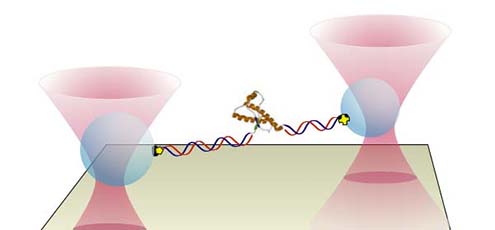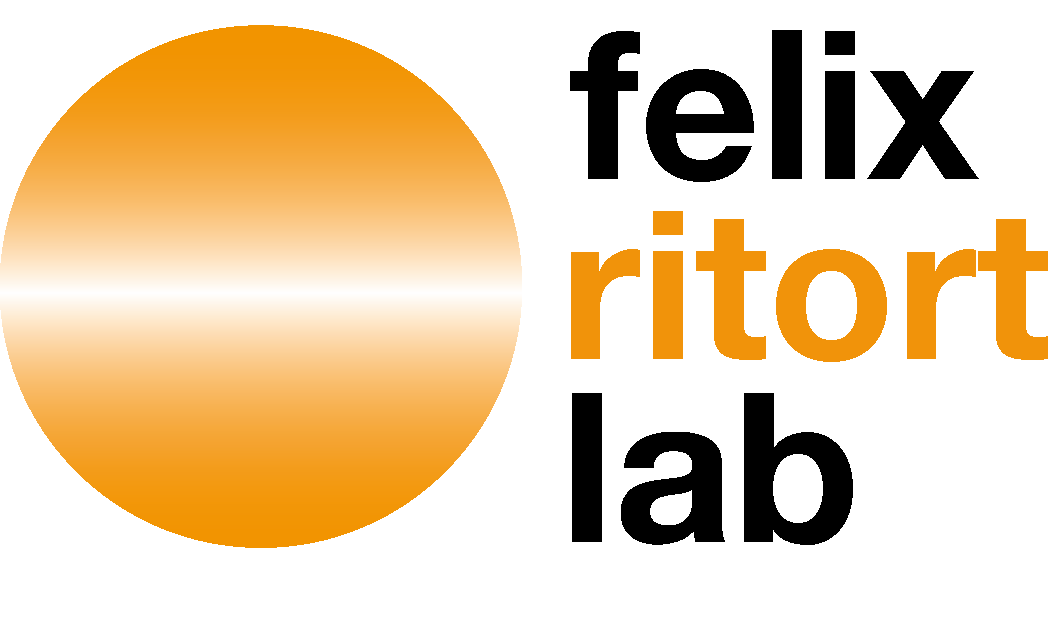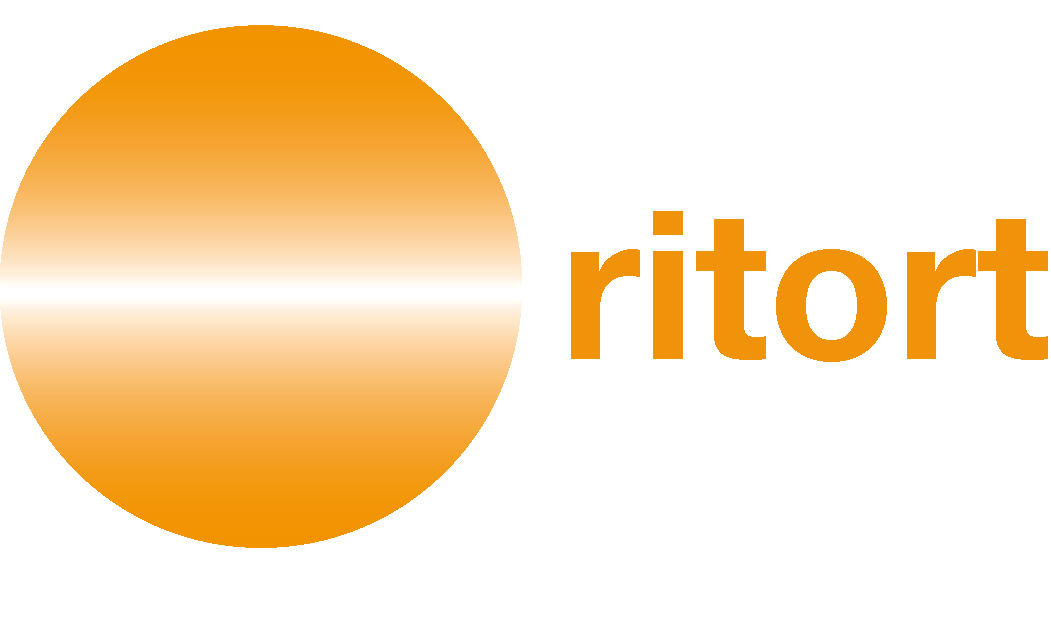
Seminar “Protein folding, misfolding, and aggregation observed directly using single-molecule force spectroscopy”
Date
Tuesday, 25th June 2013
Time
3:00 pm – 4:00 pm
Place
University of Barcelona
Faculty of Physics Building
Room 3.20, 3rd floor
Speaker
Dr Michael T. Woodside, University of Alberta (Canada)
Abstract
Most proteins form specific, “native” three-dimensional structures that are required for them to function properly. This self-assembly process, called folding, is usually very reliable. When folding goes awry, however, non-native structures can result that lead to disease. I will discuss our work on the structural dynamics of the prion protein PrP, which misfolds through an unknown mechanism into an infectious form that causes the deadly “mad cow” disease.
We have developed optical tweezers designed for measuring folding transitions with very high spatial and temporal resolution. We use these tweezers to observe the structural dynamics of individual molecules in real time as they either fold natively or misfold and aggregate, focusing on the microscopic mechanisms that determine the structural outcome (native or misfolded). Studying isolated PrP molecules, we measured the energy landscape that governs the native folding, showing that PrP folds in a single step without observable intermediates. From the shape of the landscape, we determined both the time required for the actual transition to take place, as well as the configurational diffusion constant that sets the fundamental timescale for folding.
We also developed new analytical approaches to detect and characterize states that are rarely occupied, thereby discovering that a single PrP molecule can form several types of misfolded structures. Although these misfolded structures were not stable in a single PrP molecule and hence formed only fleetingly, when two PrP molecules were brought together to form a dimer, misfolding became instead dominant-the native structure was no longer observed to form at all. Deciphering the series of steps leading to the misfolded dimer, we uncovered the key state driving the change in behaviour.
These results show how single-molecule probes can be used both to test physical theories of folding and to address practical questions in biology and medicine.


